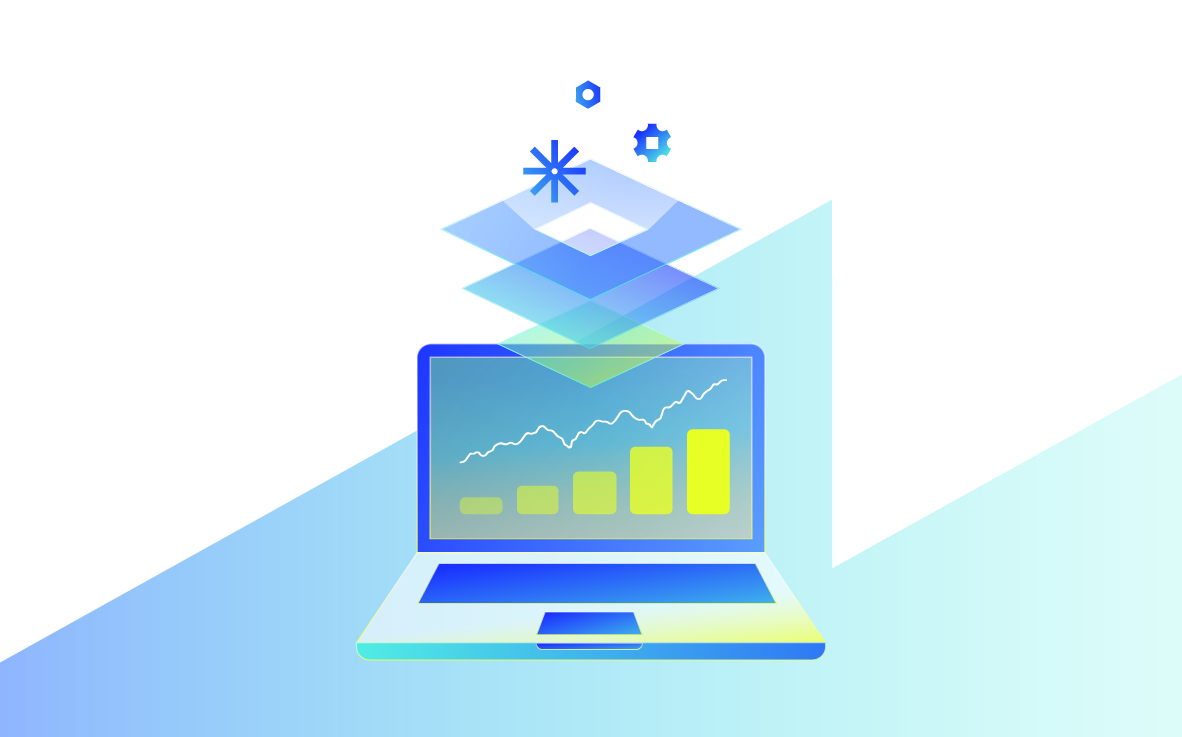Pump the Brakes: Some Key Considerations in Your Journey to AIOps


Proactively manage modern hybrid environments with predictive insights, intelligent automation, and full-stack observability.
Explore solutionsExplore our resource library for IT pros. Get expert guides, observability strategies, and real-world insights to power smarter, AI-driven operations.
Explore resourcesOur observability platform proactively delivers the insights and automation CIOs need to accelerate innovation.
About LogicMonitor
This article is the third in a 4-part series on leveraging artificial intelligence for IT operations (AIOps) to provide a more efficient, reliable, agile, cost-effective, and optimized IT infrastructure.
Every well-oiled machine needs both a gas and a brake pedal. If our article titled How IT Teams Can Leverage AIOps’ Capabilities is the gas pedal in this analogy, then this writing is the proverbial brakes in which we explore some educational pit stops organizations should make on their way to integrating artificial intelligence (AI) and machine learning (ML) into their IT operations (AIOps).
AIOps holds immense potential for enhancing IT operations management, application performance monitoring (APM) and alerting, analytics, incident management, and automation. Organizations wanting to put AIOps in the drivers’ seat of their IT operations need to be aware of some possible drawbacks:
Implementing and managing AIOps systems is complex and requires specialized skills.
For example, DevOps deploying AIOps need to upskill with:
Network Ops in an AIOps system should upskill in:
Site Reliability Engineers (SREs) should have deep knowledge of:
Data quality is the engine on which AIOps deployments are built. To ensure a smooth integration, and positive developer and user experience, data governance and ongoing quality monitoring processes must be at full throttle before and during any AIOps deployment. If compromised or outdated information is pulled into the systems, incorrect predictions, false positives and false negatives will negate any progress made by an organization’s AI-driven insights and automated solutions.
False positives and false negatives are the equivalent of the ‘check engine’ light coming on when the incident is really just a burned out dome light. One example of a false positive is if an AIOps system detects a minor anomaly in network traffic and publishes a security warning alert. When teams investigate the issue, they discover the anomaly was a temporary spike in user activity mistakenly flagged as a security event.
When the algorithm fails to identify a genuine incident, that’s a false negative.
Example: an AIOps algorithm working on inaccurate information may miss an initial indicator of performance degradation in a cloud infrastructure and not flag the anomaly until it escalates and triggers a secondary incident as a downtime issue.
See how one IT cloud communications company used automation to increase operational efficiency and decrease downtime by 80 percent.
AIOps lean heavily on historical data to identify patterns and anomalies. Organizations lacking historical context, or those that have recently experienced a significant infrastructure change (such as migrating from a monolithic to microservices architecture), may not be ready to integrate AIOps tools or platforms until their historical data truly represents the current environment.
AIOps systems lack the judgment and contextual understanding human operators provide. Yes, AI algorithms surpass the brain’s ability to process vast volumes of data from endless sources in lightning-fast time, but AI struggles with complex contextual information, and has difficulty making nuanced decisions. Automated processes paired with human intervention will ensure optimal outcomes.
Deploying AIOps solutions across an organization can present logistical and technical challenges. Teams will be tasked with integrating multiple tools, training models, and establishing automated workflows, all of which requires careful planning and execution. Organizations should put adequate resources in place (skilled employee assignments, time and cost reserves) ahead of the deployment to be quickly respond to any issues.
Hiring or upskilling workers is only part of the cost to consider when moving to AIOps. Implementation and maintenance of the systems requires new tools, training solutions for personnel, and possible changes to management infrastructure. Organizations should carefully weigh the potential benefits, organizational readiness, and financial investment when considering the long-term value AIOps can bring to their IT operations.
It is important for organizations considering integrating AIOps into their IT operations to proactively identify and address the considerations laid out in this article. LogicMonitor is proud to offer these free education resources to help organizations smoothly accelerate their AIOps deployment:
What Will APM Look Like in the AIOps Era?
Schneider Electric consolidates monitoring tools by 83% with LogicMonitor
Proactive Monitoring with AIOps Early Warning System
Comprehensive AIOps for Monitoring
Best Practices for Effective IT Alerting
6 Reasons IT Pros Are Ditching Legacy Monitoring Tools
© LogicMonitor 2025 | All rights reserved. | All trademarks, trade names, service marks, and logos referenced herein belong to their respective companies.
Blogs
Explore guides, blogs, and best practices for maximizing performance, reducing downtime, and evolving your observability strategy.